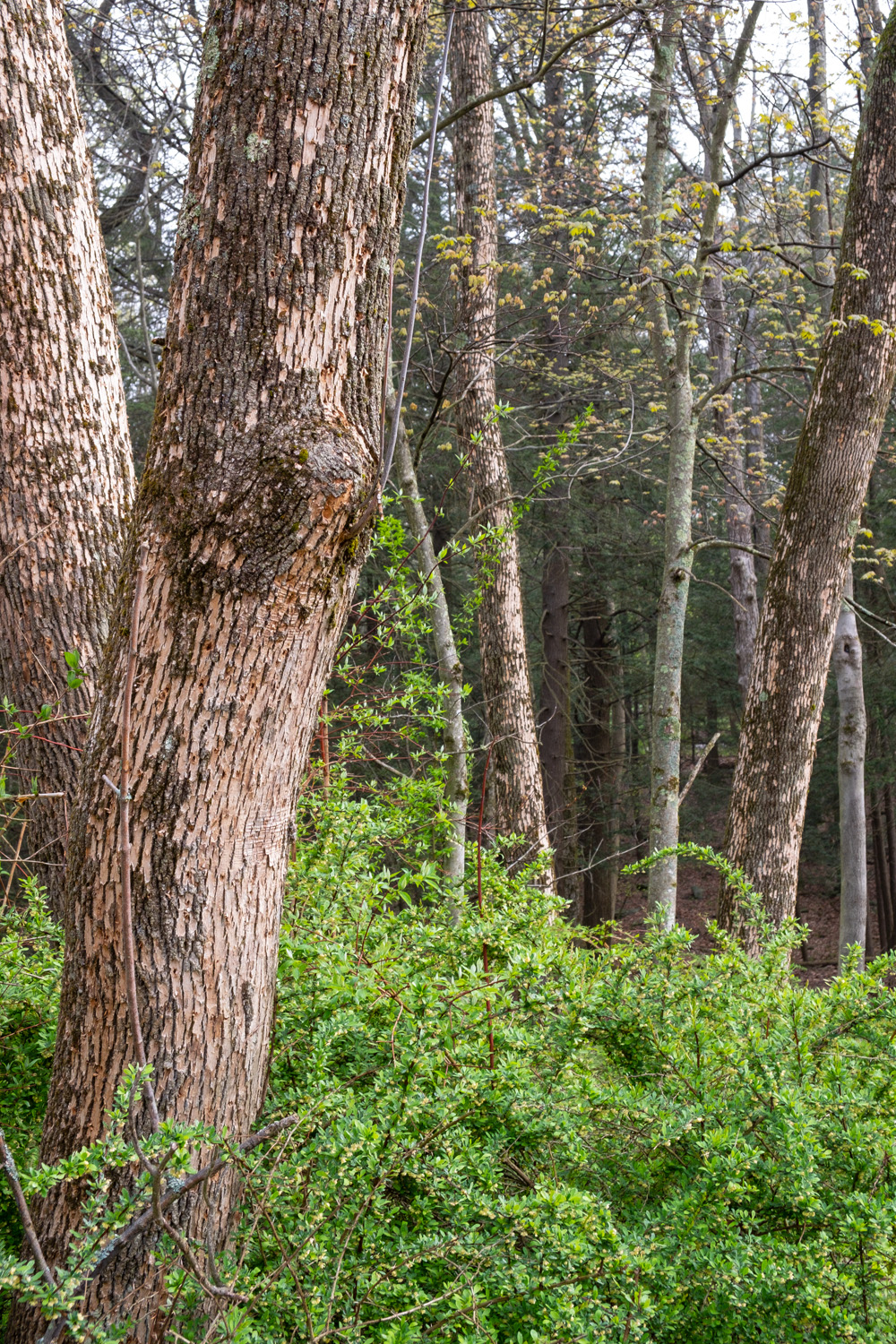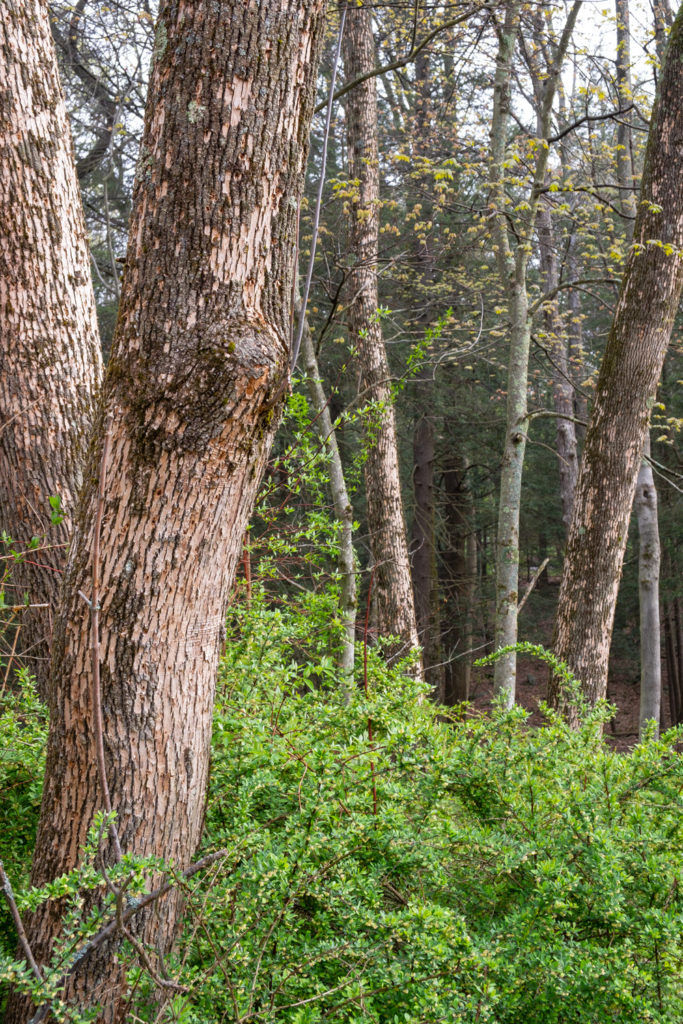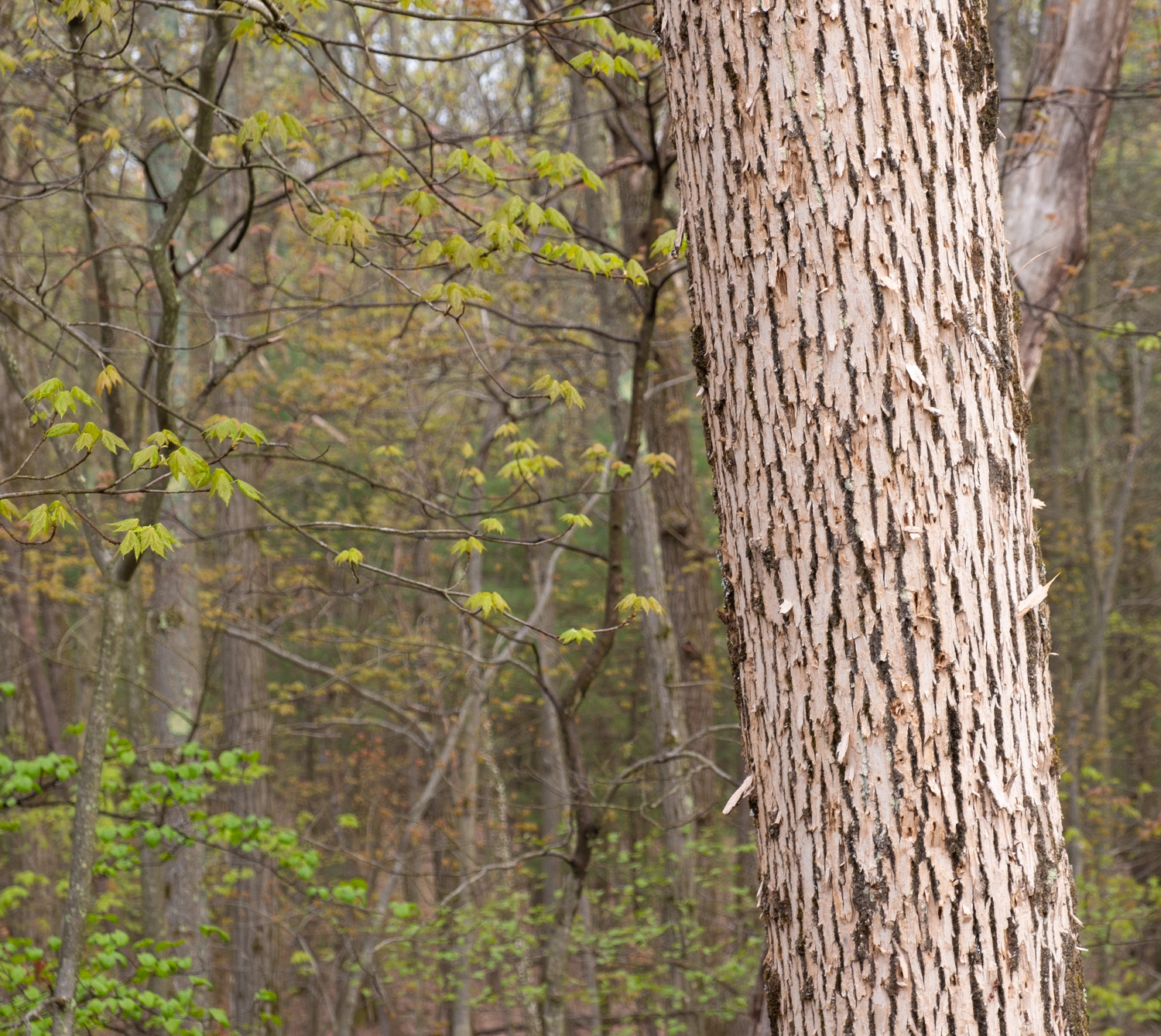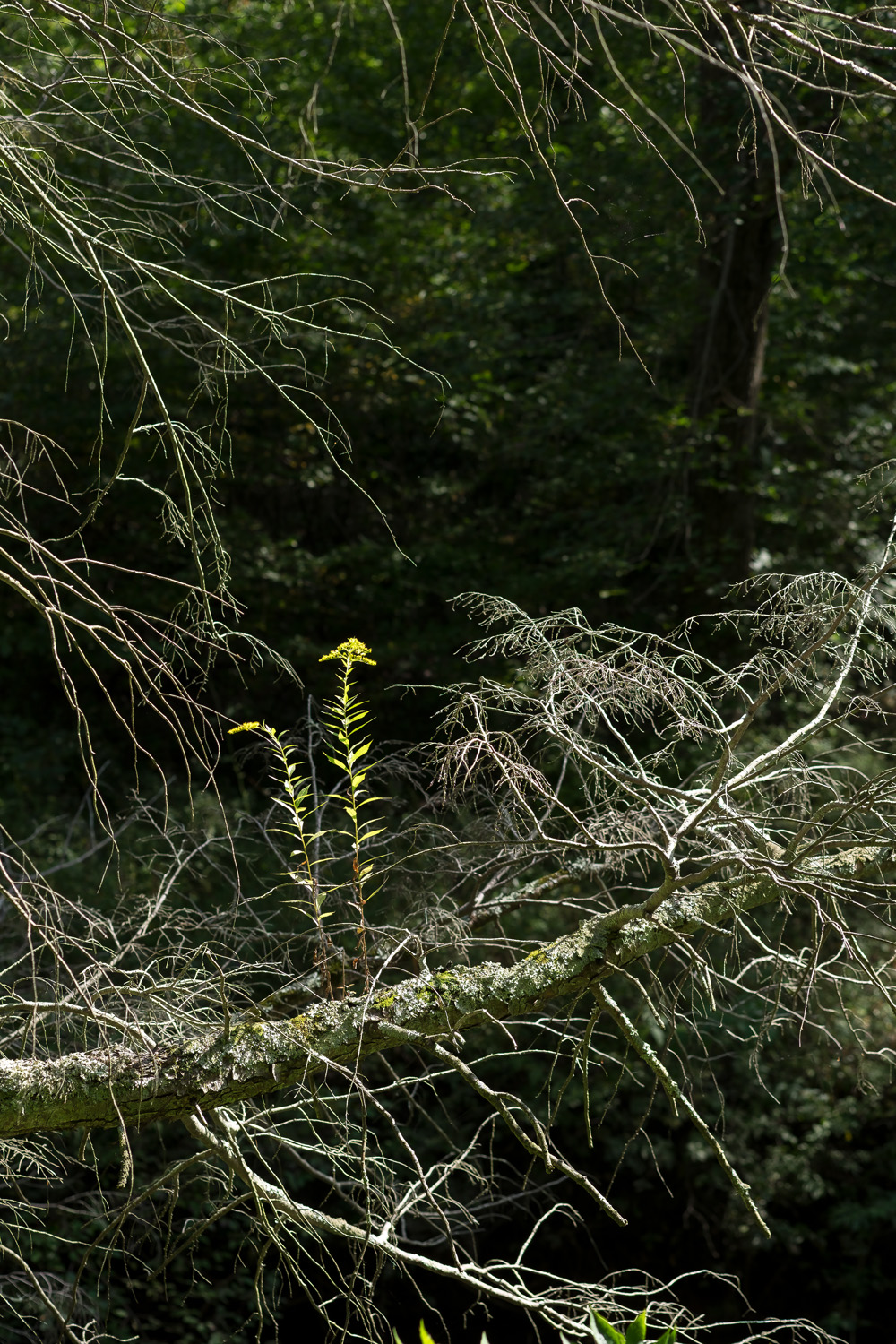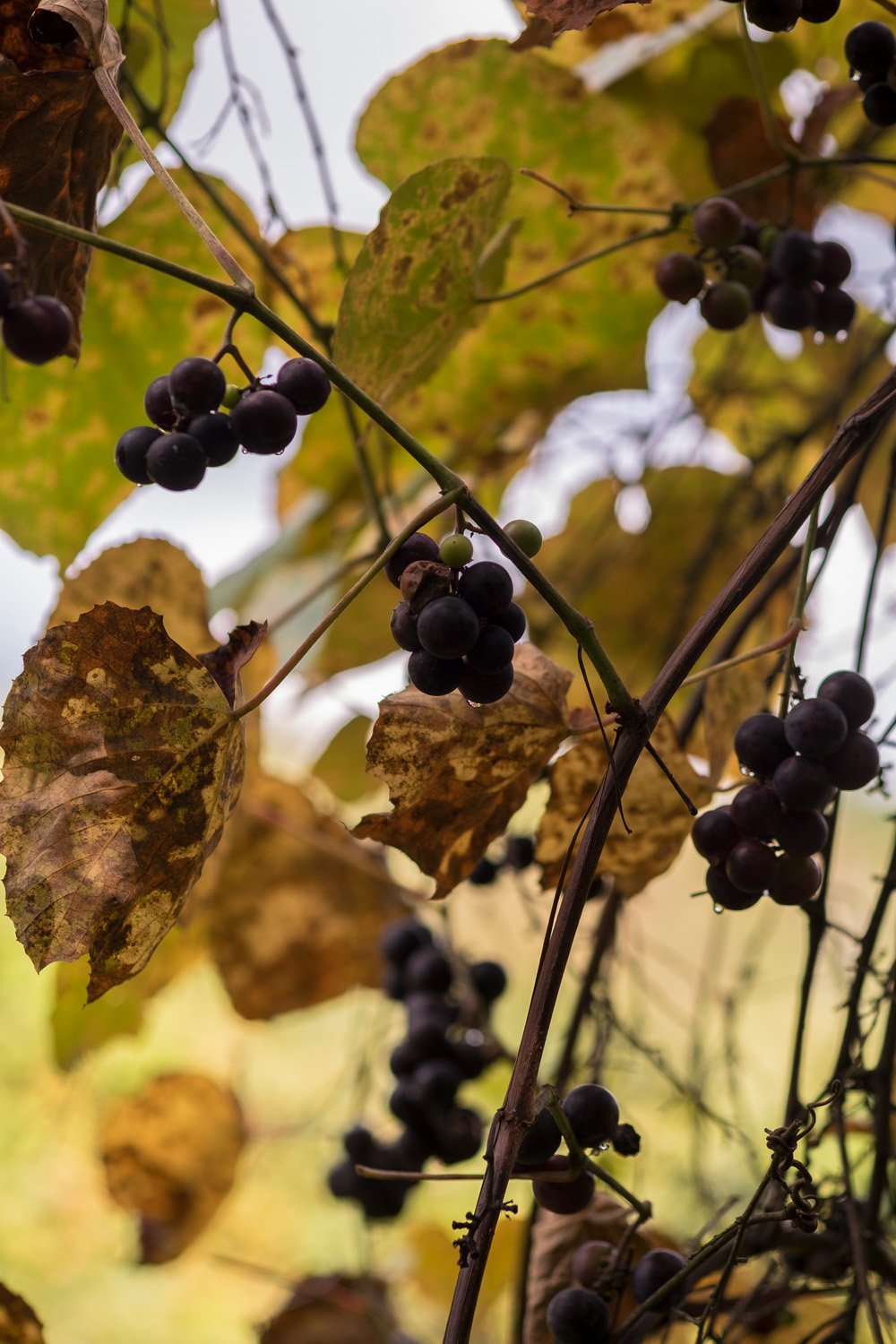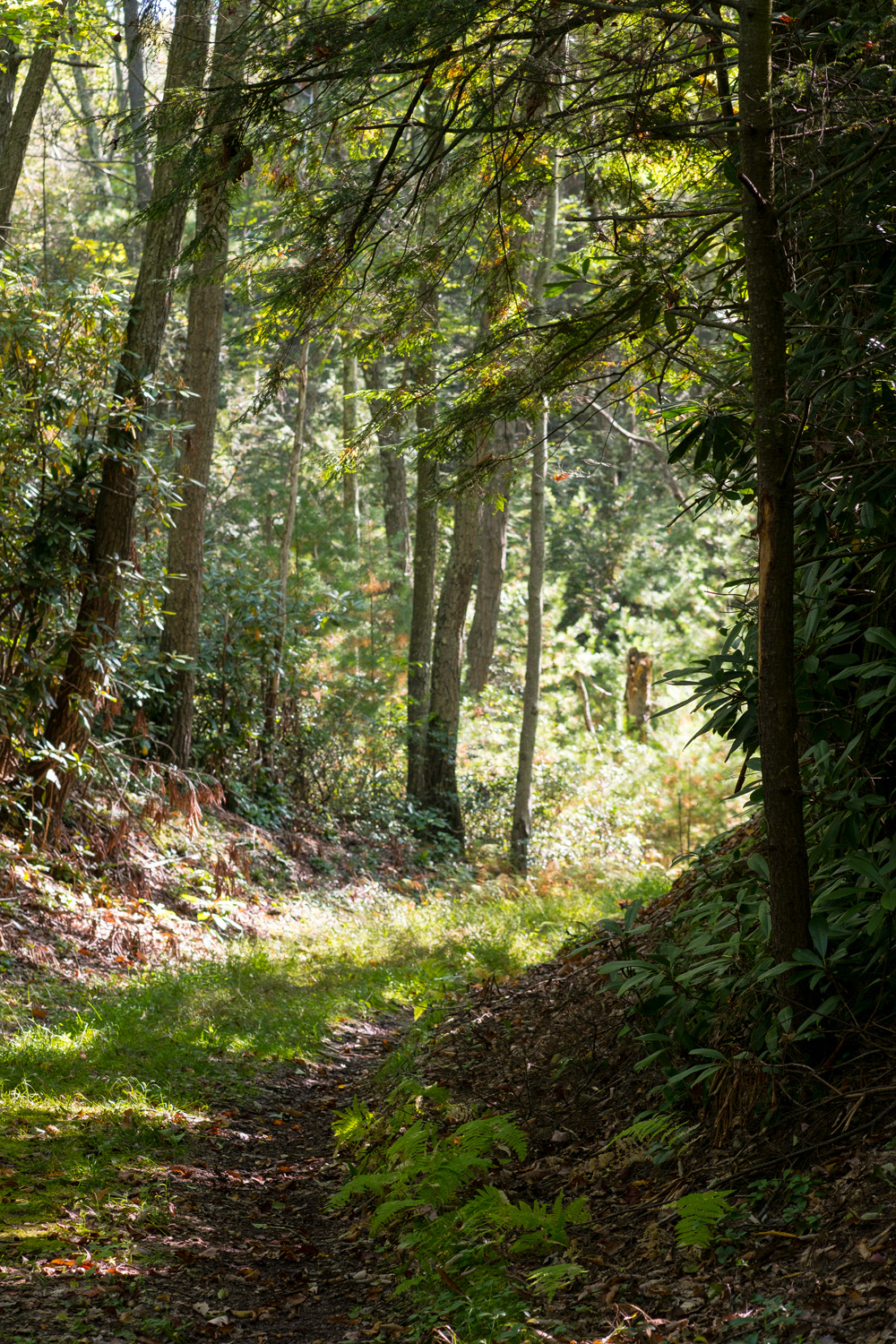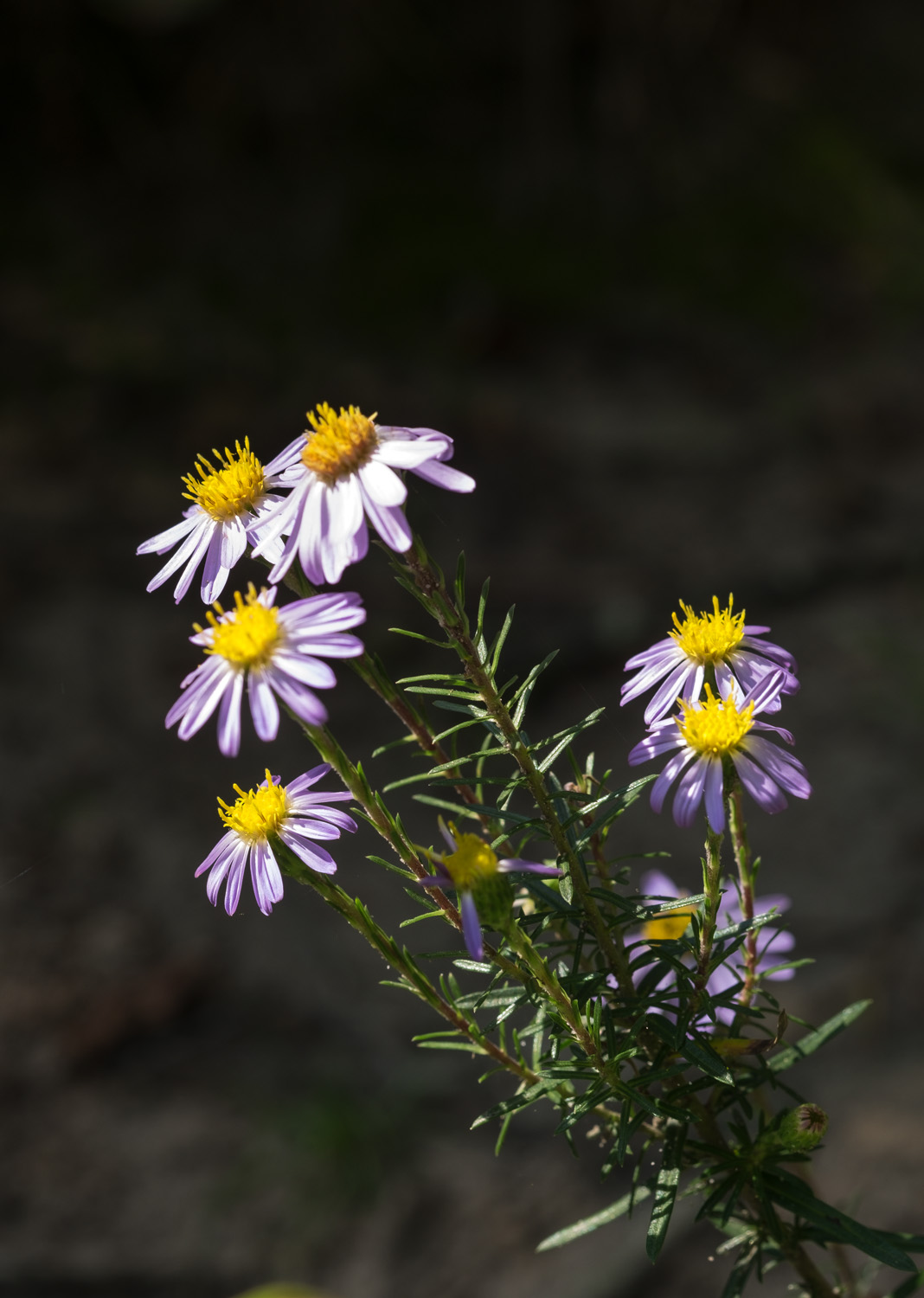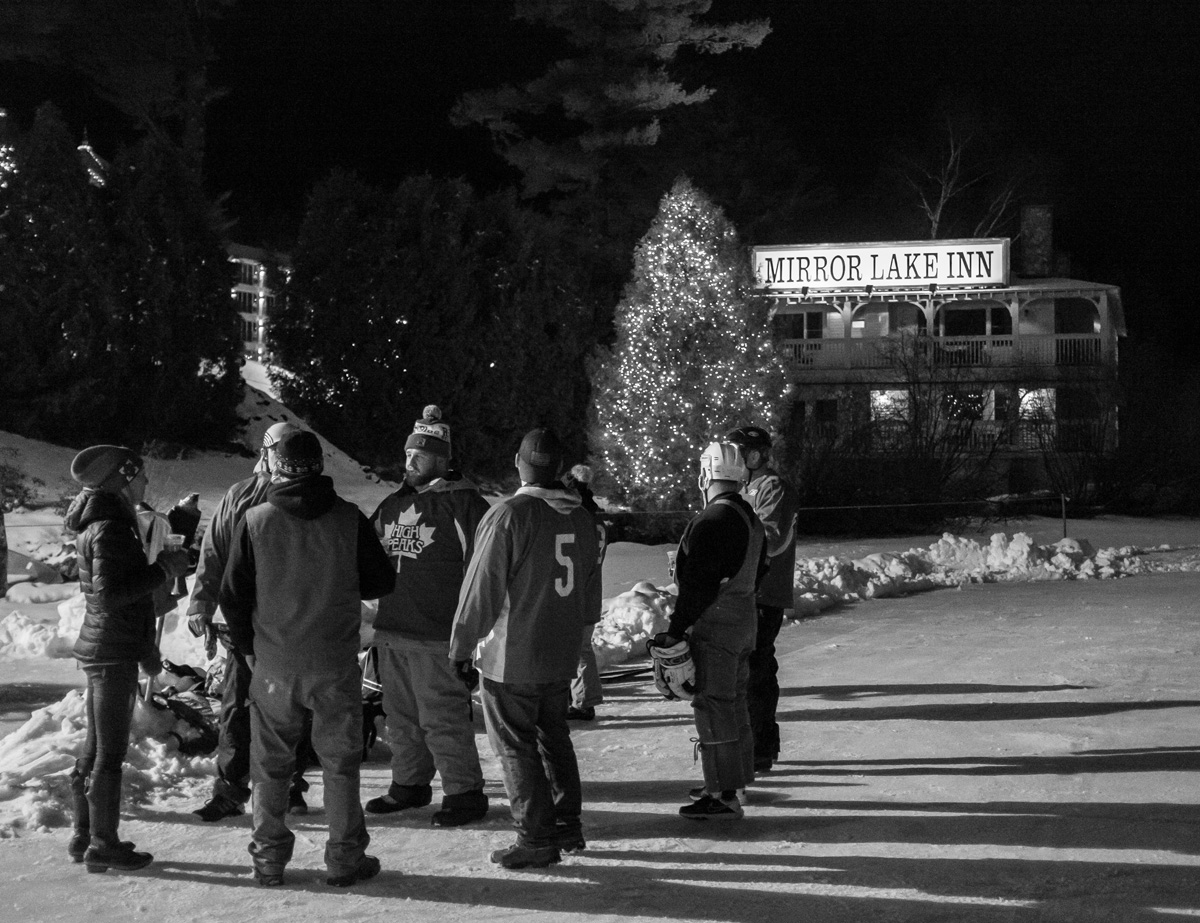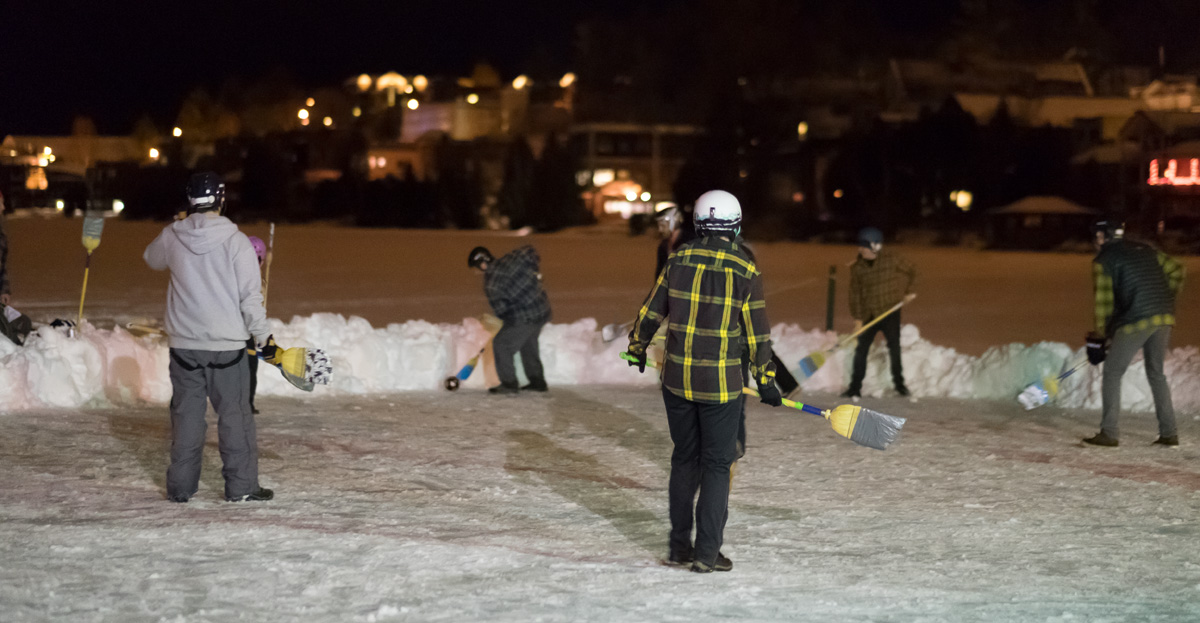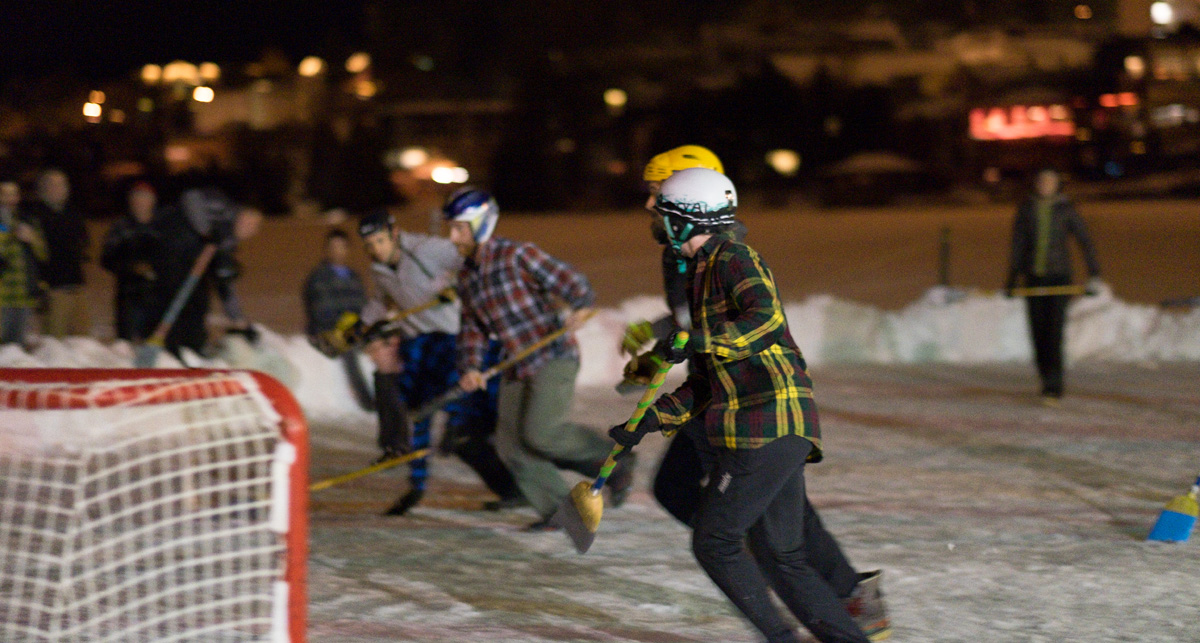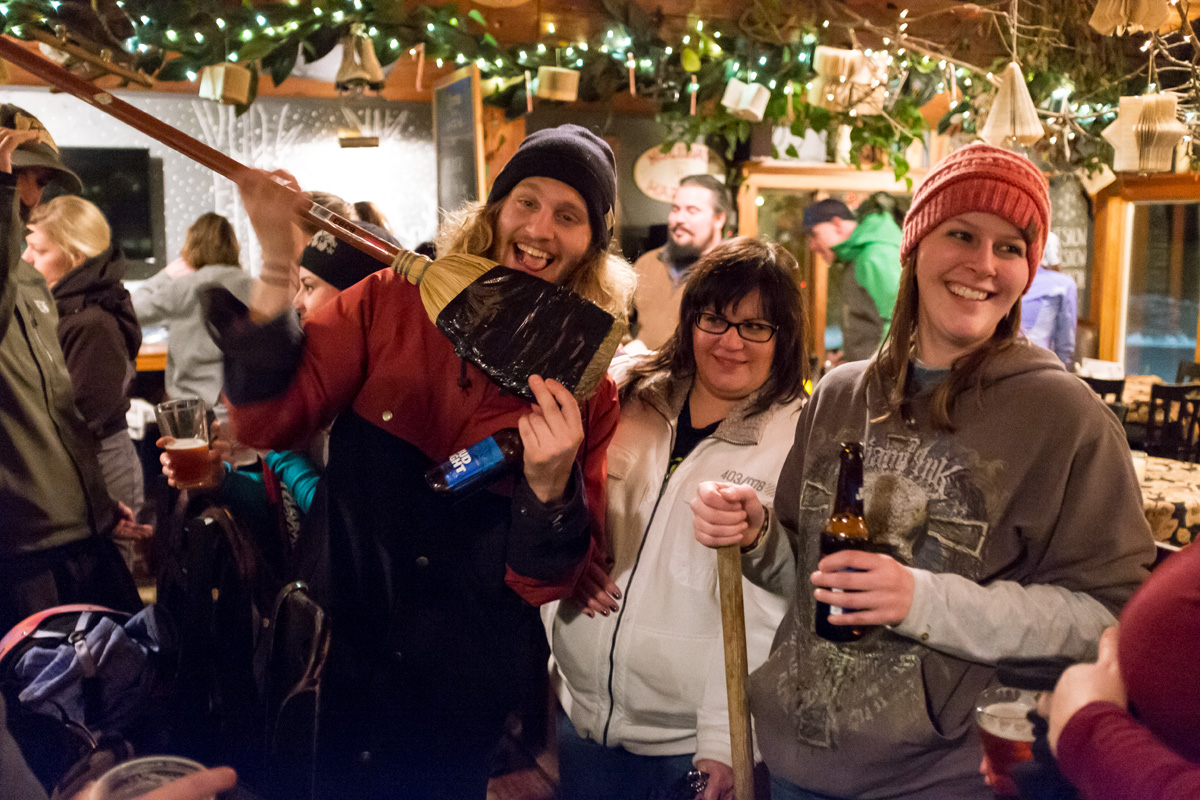
It has been 21 months of social upheaval and weirdness since the gift of love from the NIH and the Wuhan Institute of Virology. In that time period, we have seen a widespread loss of faith in our government health apparatus based on contradictory, illogical, and frankly nefarious behavior.
I’ve divided this article into two parts:
Part number one was intended to be published on 18 November, but frankly, for a variety of reasons, including sloth, I didn’t get around to it.
Part two is being written today. I’m doing this in part because of new developments that are significant, and also as a bit of “I told you so”.
Part one: November 18
Overall U.S. Covid “cases” are falling, particularly in the South, while some isolated northern states are having surges. We have seen this seasonal pattern before, with the arrival of the outdoor recreation season in some climates, while others seek shelter as temperatures drop.
If you look at recent data, the percentage of hospitalizations and death, as a percentage of the total “cases” has also been falling. This is likely due to multiple factors, including vaccination, increasing natural immunity, and better care particularly in the ICUs. It may also be due in part to the more benign characteristics of the current “delta” variant which is now dominant in the population.
A virus can be thought of as a small biological machine. They are not considered as living entities, but more as mechanisms. The spread and dominance of variants tend to occur when mutations cause a particular set of useful characteristics:
1. The virus evolves to be more infectious. This could mean that smaller numbers of viruses are needed to institute an infection, and/or the virus changes characteristics to survive better between hosts. The virus can also evolve to create symptoms in the host that facilitate spread, such as coughing or diarrhea.
2. The virus becomes less lethal. These little mechanisms derive no benefit from killing their host. Arguably the virus can spread more rapidly if the symptoms are mild, and the host remains in contact with others. Decreasing lethality will also be caused by an increase in acquired immunity in the population (and perhaps their offspring). In other words, we and the virus evolve so that we can coexist.
Other than the outlier viruses SARS CoV, MERS Co-V, and SARS-CoV2, there have been four coronavirus types that typically circulate in the population and cause respiratory infections. These typically cause mild to moderate symptoms though they too can be the cause of pneumonia, and ultimately death, in vulnerable populations. They are estimated to be responsible for 10 to 30% of viral respiratory infections.
Now here’s the thing. Because they are generally benign, and there has been no therapy identified specifically for these viruses, we generally do not test for them. And we certainly do not isolate or vaccinate. But we do for Covid. And at some point, that is going to have to change.
Coronaviruses in general have been endemic in the human population for thousands and thousands of years. Acquired immunity to them tends to be “relative” in that people tend to be reinfected multiple times in their lives, but typically with modest symptoms.
That may explain the performance of the current vaccines. At this point, they do not seem to prevent infection and spread but do seem to blunt the severity of the illness that results (though this effect is also waning). The point is, that SARS-CoV2, will likely become an endemic virus, and any expectation that you will not be reinfected at some point is probably unrealistic. At some point, we will need to normalize our behavior towards this infection and cease with all the isolation and dramatics.
There is some hope. As much as I despise Pharma, and their actions regarding hydroxychloroquine and Ivermectin, Merck, and now Pfizer, have introduced oral medications for Covid. Happily, these drugs are patented, so the pharmaceutical companies will make a lot of money and so happily promote their use.
Pfizer claims that their medication Paclovid, reduced hospitalization by 89% and death by 100% in their clinical trials. If this bears out, it would definitely be a significant development, with the potential to change both the epidemiology and psychology of this illness. Merck claims that their new medication Molnupiravir, was roughly 50/100% effective using the same criteria.
In case you wondered, in several meta-analyses, Ivermectin is about 65% for early treatment, with similar numbers for late treatment. It’s about 87% effective for prophylaxis.
I wonder, given these new medications, and the growing sense that the vaccines seem both relatively risky and ineffective, that Pharma will deemphasize the “jabs” for their new therapeutics. This may be especially true now that monoclonal antibody cocktails given subcutaneously, have recently been shown to have potential as COVID-19 prophylaxis for as long as eight months.
Part two:
So that was written on November 15-17. It is now 2 weeks later and there have been significant developments since.
The number one development would be the continual deterioration in vaccine performance. We are now seeing significant numbers of fully vaccinated people admitted to ICUs, in some cases never discharged. Both director Walinsky, and Dr. Fauci have been forced to acknowledge this. Their answer: inject patients with even more spike protein mRNA.
There is an abstract published in the Journal Circulation that studied the body’s release of certain biomarkers predictive of cardiac complications after receiving the mRNA vaccine. It concluded: “that the mRNA vacs dramatically increase inflammation on the endothelium and T cell infiltration of cardiac muscle and may account for the observations of increased thrombosis, cardiomyopathy, and other vascular events following vaccination.”
Now, remember back in 1998. A paper was published by one study group investigating the effect of hormone replacement therapy for postmenopausal females on the heart. It concluded surprisingly, that cardiac outcomes were worse in females who were receiving HRT. In an instant, HRT ceased as an option for women.
Let’s see whether this Circulation article has a similar effect on these vaccines (I doubt it).
Poor Merck. They spent the last year impugning their old drug Ivermectin for the treatment of Covid 19. Shockingly they then released their new oral therapeutic, Molnupiravir which they initially reported as having a 50% reduction in illness and death when used treatment of SARs-CoV2. This made Dr. Fauci very excited.
Fun fact: Molnupiravir works by inserting errors into the viral genetic code. Apparently, during the trials, subjects were required to refrain from heterosexual sexual intercourse, and in the case of females, be using birth control. What could go wrong?
Earlier this week they downgraded that effectiveness number to roughly 30%. This is a problem when Pfizer is reporting 89% effectiveness of their new oral medication Paclovid. If this data bears out I would imagine Molnupiravir will be a bust. Karma is a bitch.
Just so you know, the geniuses in our government have already arranged to buy $1.7 billion worth of this apparent loser. Oops.
By the way, the much more effective Pfizer drug uses a similar mechanism of action to… You guessed it… Ivermectin.
And now we have the Omicron variant emerging from South Africa. This apparently has the World Health Organization in a tizzy, which the press is dutifully reporting. This variant is said to carry multiple mutations including changes to the spike protein (you know, where the vaccines work). It is said to be more infectious than Delta, but there are indications that symptoms are generally mild. There is obviously great hand wringing that it will be vaccine-resistant (like delta already is?).
Maybe they can lock us down again this Christmas.
To close this up, let me review the facts we need to remember to avoid being manipulated by the hype.
- SARs-CoV2 is a respiratory virus, much less severe than SARs1, and over time, roughly as deadly as a bad influenza season.
- We are being pushed to take multiple doses of hastily developed, still investigational monovalent vaccines. We are vaccinating during a pandemic which generally a bad idea. The vaccines over time do not really appear to be very effective.
- The new variant is likely doing what viruses are supposed to do; evolving to become more infectious but less virulent. It is frightening to the medical establishment, because its spike protein mutations threaten to completely discredit their entrenched “vaccine only “policies.
- Given the large percentage the population with pre-existing Coronavirus exposure, and ongoing SARs-CoV2 infections, there is likely a high percentage of the population with broad-based immunity, even to new variants.
- There are effective IV and now oral medications. Some are repurposed, but there is a new oral med they may actually allow us to use to treat this infection when it occurs.
I apologize for the length of this. I confess that writing these articles helps me to disperse the toxic degree of cognitive dissonance I experience when ingesting Covid information from the government and the media.
I very much appreciate your interest, your shares, and your comments.
Header image: Deer Camp near Sullivan Falls (Fujifilm X-T10, XF 18-55mm f2.8-4)


